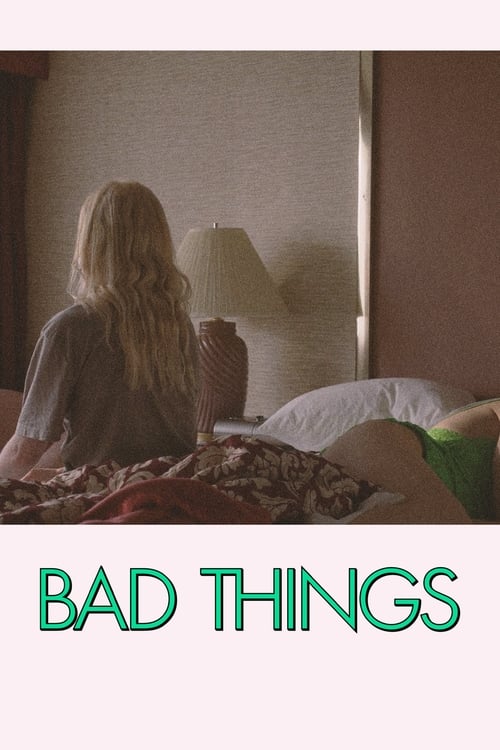A weekend getaway for friends turns into a gruesome ordeal in director Stewart Thorndike‘s Bad Things, which had promised an intriguing fusion of psychological suspense and chilling horror. High hopes were held for a film that would live up to its premise. But despite its potential, Bad Things falls short of its goals, leaving viewers with a mix of annoyance and indifference instead of the dread and fascination it sought to elicit.
Bad Things – Film Review
Published August 19, 2023

The film is successful in creating an unsettling sense of isolation right away. An immediate feeling of unease is produced by the hotel’s desolate surroundings and the contrast between the characters’ camaraderie and the depressing background. However, rather than building as the narrative progresses, the tension decreases. The film struggles to keep a consistent tone, veering between abrupt bursts of violence and slowly building psychological intrigue.
Ruthie Nodd is admirably portrayed by Gayle Rankin, who successfully conveys both the vulnerability and internal conflict of the character. Her nuanced depiction of a woman struggling with her past gives depth to a plot that would otherwise be thin. Sadly, the supporting characters don’t exhibit the same level of growth. Cal is portrayed by Hari Nef as being overly staged and inconsistent, alternating between being intriguing and being downright perplexing. There are genuine moments from Annabelle Dexter-Jones and Rad Pereira as Fran and Maddie, respectively, but the script doesn’t give them much to work with. Brian, a character portrayed by Jared Abrahamson, succumbs to cliched writing and represents the “mysterious stranger” trope without providing any real intrigue.
One major problem that lessens the impact of the movie is its pacing. Even crucial moments can feel like filler because scenes often drag on for too long. Ruthie’s traumatic past’s central mystery, which is overly complicated, fails to hold the audience’s attention. The flashbacks, which are supposed to illuminate her past, come across as disjointed and fall short of inspiring compassion for her plight. We are cut off from her struggles, leaving us with no emotional connection, which ultimately prevents us from caring about how the story turns out.
The fact that Bad Things relies more on shock factor than actual suspense is one of its most egregious mistakes. While gory scenes are frequently used in horror movies to elicit an emotional response, tension is best developed beforehand. Sadly, the film seems to prioritize graphic violence over engaging storytelling, which leads to a disjointed story that falls flat in terms of its intended impact. Even though the bloodshed is visually upsetting, there isn’t enough emotional investment or buildup for the audience to be truly terrified by the scenes.
The film’s visual execution falls short of its potential in addition to its narrative flaws. The interiors of the hotel and the snowy surroundings offer a promising backdrop for atmospheric horror, but the cinematography falls short of making the most of these locations. The camera work frequently comes off as uninspired and falls short of evoking claustrophobia and paranoia. Unease is occasionally suggested by the use of distorted angles and low lighting, but these devices come across as forced rather than naturally incorporated into the visual storytelling.
Although ambitious in its attempt to combine psychological investigation with horror elements, Stewart Thorndike’s direction has trouble developing a distinctive voice. The third act of the film abruptly deviates into supernatural realms, further weakening the necessary sense of grounded tension. The pacing problems from the earlier segments are still present, and after the dragged-out buildup, the climax falls flat.
Bad Things falls short of the potential of its talented cast and its intriguing premise. Although Gayle Rankin’s portrayal gives the main character depth, the movie’s uneven tone, slow pacing, and reliance on shock value ultimately lessen its impact. The story is disjointed and lacks character development, which emotionally distances viewers from the unfolding nightmare. Unfortunately, Bad Things falls into the category of missed opportunities, leaving viewers more frustrated than genuinely scared despite its attempts at psychological intrigue and chilling horror.
